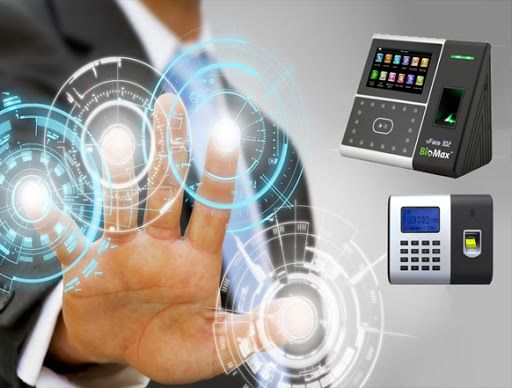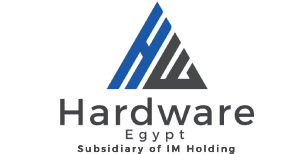Attendance Management: A Key to Efficient Workforce Operations

Attendance Management: A Key to Efficient Workforce Operations
In today’s competitive business environment, efficient attendance management is critical to maintaining a productive workforce. Whether it’s a small business or a large organization, keeping track of employees’ attendance is essential for optimizing operations, ensuring compliance with labor laws, and fostering a healthy work culture. For businesses in Egypt, where manual attendance systems are still used in some sectors, transitioning to modern digital solutions can make a significant difference. In this article, we’ll explore why attendance management matters and how technology can streamline this crucial aspect of business operations.
What Is Attendance Management?
Attendance management refers to the system used by companies to track and manage employee work hours. It covers everything from the number of hours an employee works each day to their overall punctuality, leaves, overtime, and absences. Traditionally, attendance was recorded manually using paper logs or punch cards. However, with the advancement of technology, modern digital attendance systems have taken over, offering real-time tracking and automation to ensure accuracy and convenience.
Importance of Attendance Management
- Boosts Employee Productivity
Having a reliable attendance system helps both employees and managers track work hours accurately. Employees are more motivated to stay punctual when their attendance is tracked efficiently. On the other hand, management can assess work patterns, identify areas where time is being wasted, and make improvements to boost overall productivity. - Reduces Time Theft and Fraud
Without a proper system, time theft—when employees are paid for hours they didn’t work—can become a common issue. Whether it’s extended lunch breaks or clocking in for a colleague, time theft can have a financial impact on businesses. Modern attendance management systems prevent such practices by using biometric verification like fingerprint or facial recognition, ensuring that the right employee is clocking in and out at the correct times. - Ensures Compliance with Labor Laws
Labor laws in Egypt and across the globe require employers to maintain accurate attendance records to ensure fair employee compensation. Non-compliance can lead to costly legal consequences and employee dissatisfaction. An automated system helps businesses maintain proper documentation and avoid disputes over working hours, overtime, and leave management. - Streamlines Payroll Processing
Payroll processing can be a time-consuming task, especially for businesses that still rely on manual attendance systems. Modern attendance management software can seamlessly integrate with payroll systems, automatically calculating the hours worked and any additional overtime or leave taken. This automation reduces errors and the time spent on manual data entry, ensuring timely and accurate payroll. - Promotes a Transparent Work Culture
When employees know their work hours are being tracked fairly and accurately, it creates a sense of accountability. This transparency promotes a healthier work culture, where both employees and employers are aware of expectations regarding attendance, leave policies, and overtime.
Types of Attendance Management Systems
There are various attendance management systems available, each offering unique benefits to meet different business needs. Here are some of the most common types:
- Biometric Systems
These systems use unique biological traits, such as fingerprints or facial recognition, to verify the identity of employees. Biometric systems are widely considered the most secure and accurate method of attendance tracking as they eliminate the possibility of buddy punching (clocking in for someone else). - RFID Cards
RFID (Radio Frequency Identification) cards are another popular option. Employees use a card to swipe in and out of the workplace. This system is easy to use but can be less secure than biometric systems, as cards can be lost or used by someone else. - Mobile-Based Attendance Apps
Mobile apps are becoming more common, especially for businesses with remote or field employees. Employees can clock in and out using GPS-based technology on their smartphones, making it ideal for teams working outside the office. These apps often come with additional features such as real-time attendance reports and leave management. - Cloud-Based Attendance Software
Cloud-based systems offer the flexibility of managing attendance from anywhere. Managers can access attendance records in real time, allowing them to monitor employee attendance remotely. These systems are scalable, making them suitable for businesses of all sizes.
Choosing the Right Attendance System for Your Business
For businesses in Egypt, the decision to adopt an attendance management system depends on factors such as the size of the workforce, the nature of the job, and budget considerations. Here’s what you should keep in mind:
- Workforce Size: Large businesses with multiple departments or branches may require a more sophisticated system that can handle a large amount of data, while small businesses may find simple biometric or RFID systems sufficient.
- Job Nature: For businesses with field staff, mobile-based systems are more practical, while office-based companies can rely on biometric systems or RFID cards.
- Budget: Depending on the features you need, attendance management systems come at various price points. Biometric and cloud-based systems tend to be more expensive but offer higher security and efficiency.
Conclusion
Effective attendance management is an essential part of any successful business operation. In Egypt, where businesses are increasingly transitioning to digital solutions, adopting an automated attendance system can streamline processes, ensure legal compliance, and foster a more productive workforce. Whether you choose a biometric system, mobile app, or cloud-based software, investing in attendance management is a step towards a more efficient and transparent workplace.

